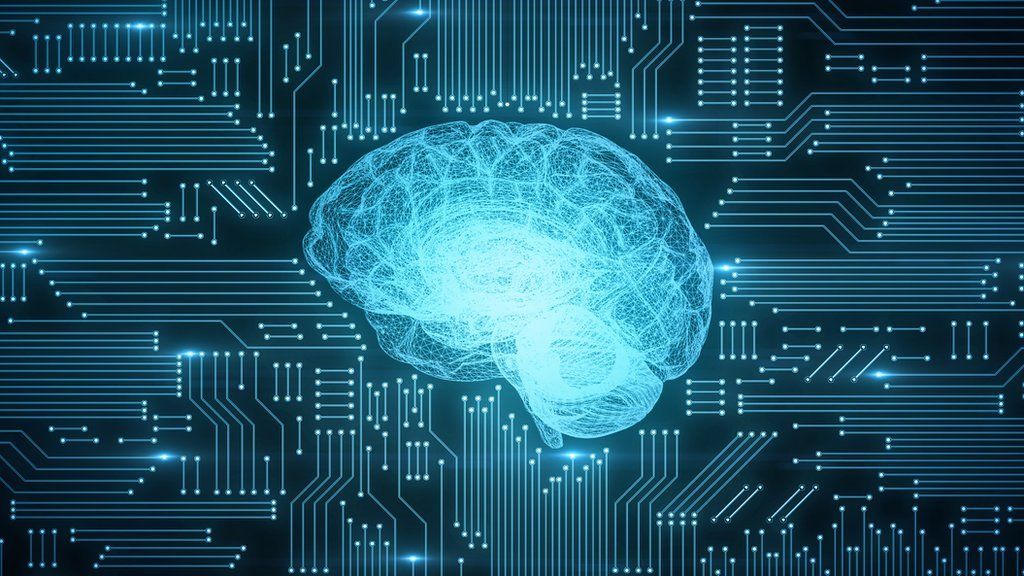Introduction

According to the University of Cambridge Electricity consumption index, it is estimated that blockchain consumes electricity at an annualized rate of 127 terawatt-hours, which contributes 0.3% of global annual carbon emission. Due to the nature of proof-of-work (PoW), where an owner with higher computational power gains more tokens, it is likely that more electricity will be used thus more carbon emission. The high energy consumption just to solve complex mathematical algorithm has been a widely criticized point for blockchain. Therefore, if the computational power can be utilized for practical usage, such as big data processing for machine learning, instead of solving complex algorithms with no actual purpose, it bridges the gap of inefficiency that PoW holds.
With the rise of AI and machine learning, compute power and access to quality data has become important. A blockchain network that utilizes thousands of devices that are already powering blockchain networks can provide more accessible and efficient machine learning to customers. Therefore, we propose a decentralized network that uses proof-of-machine-learning and incentivizes nodes that produce accurate results given customer data. This proposed solution will allow customers to process and train machine learning tasks on the blockchain itself. The customers are able to get access to high computational power provided by the blockchain and node providers get tokens as a reward. The final deliverables shall include a blockchain network with cloud instances acting as nodes that demonstrates various machine learning tasks.

Schedule and milestones

| Objective | Deadline | Details |
| October 1 2023 | Project Plan and Website | |
| October 29 2023 | Determine consensus algorithm | |
| November 25 2023 | Set up blockchain network along with servers | |
| January 8 2024 | ||
| January 21 2024 | Preliminary implementation and detailed interim report | |
| February 2024 | Develop a fully functional network layer that allows large data to set to be transferred at high-speed rate | |
| March 2024 | Build application architecture and customize previously built servers for dApp | |
| March 2024 | Build back end server to integrate the database and machine learning code | |
| April 2024 | Build front end for the user interface | |
| April 2024 | Testing entire platform and automating entire process | |
| April 23 2024 | Finalized tested implementation and final report | |
| April 26 2024 |

